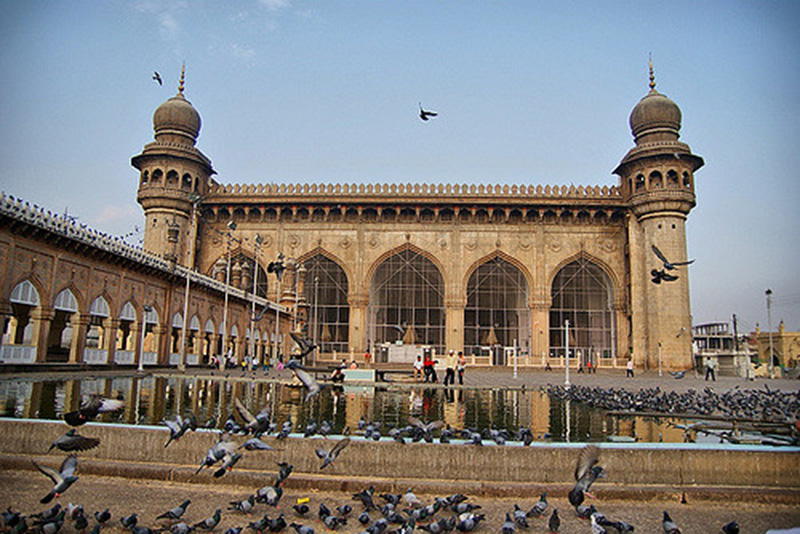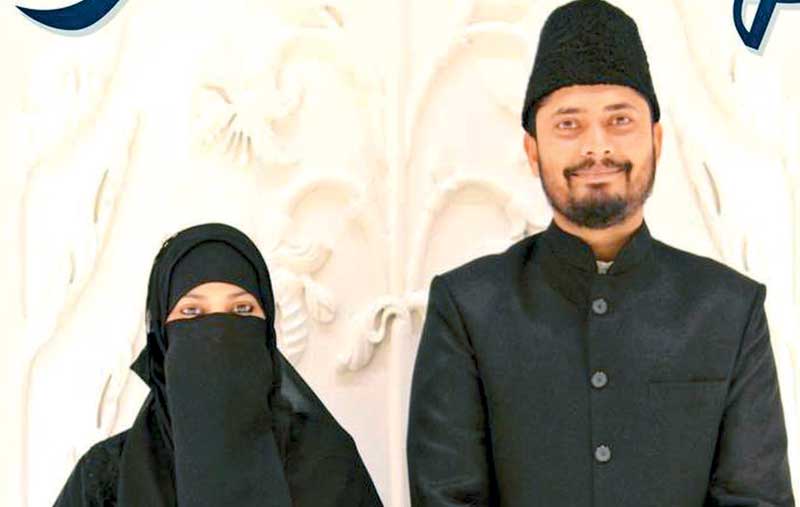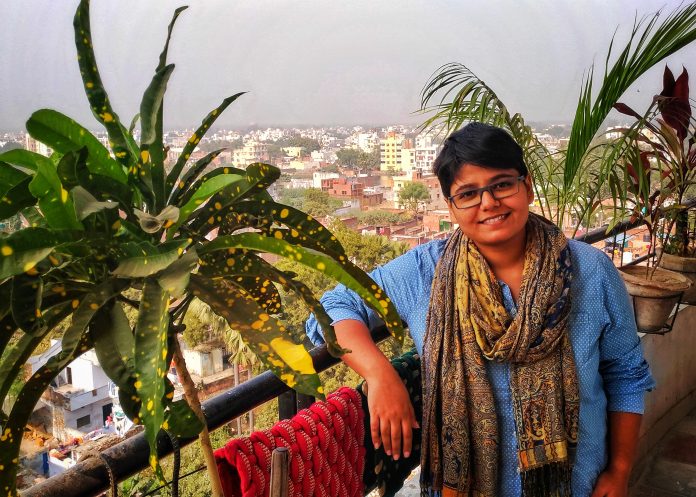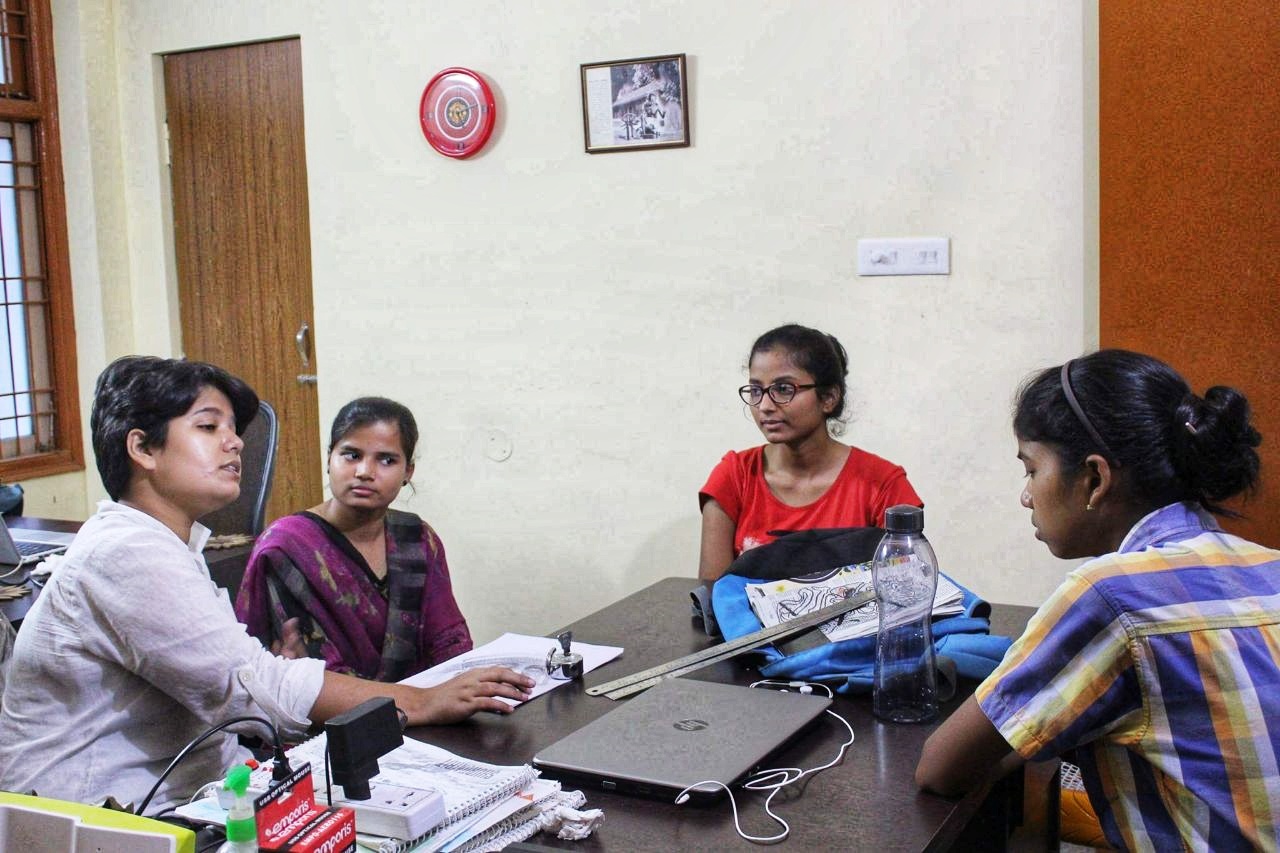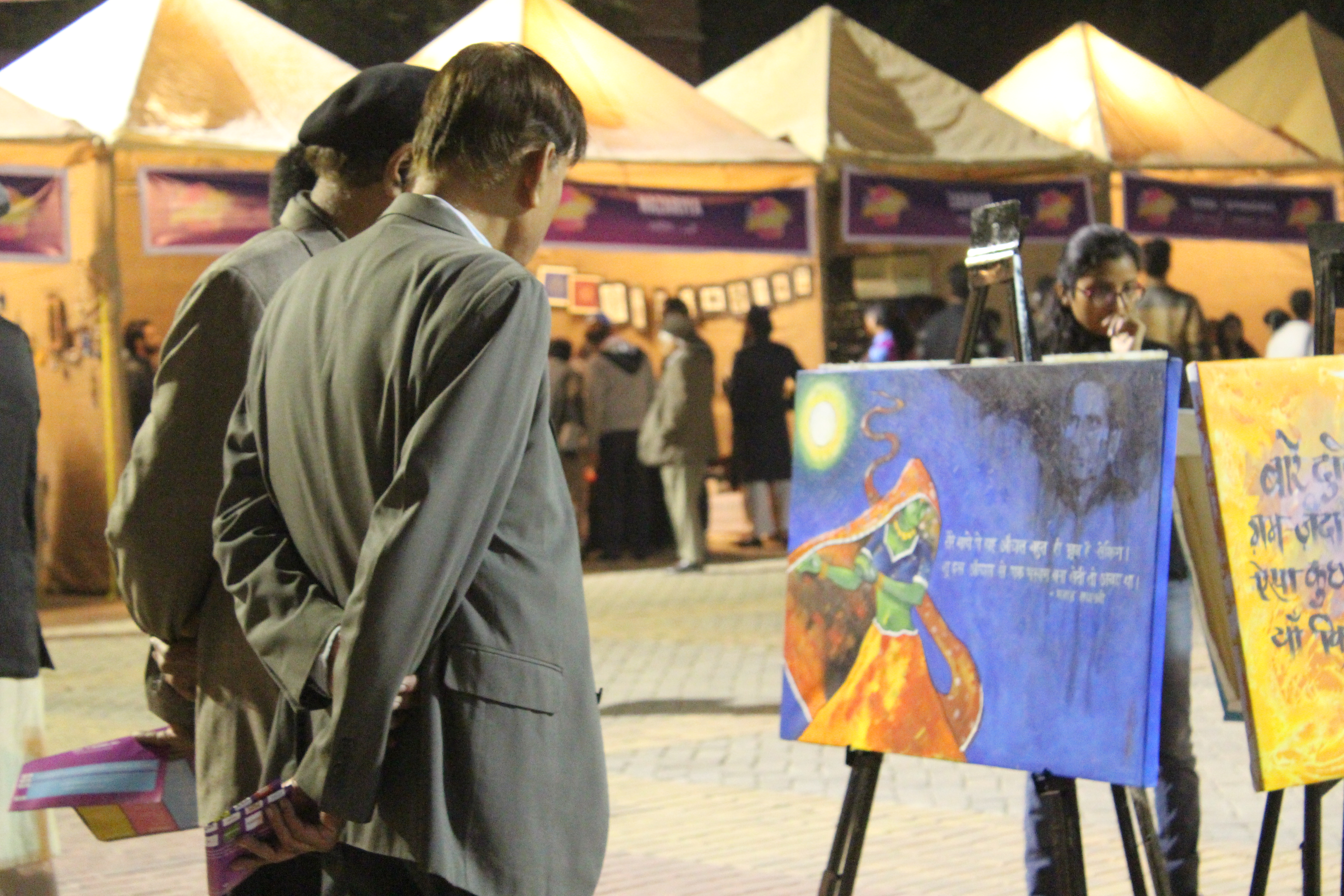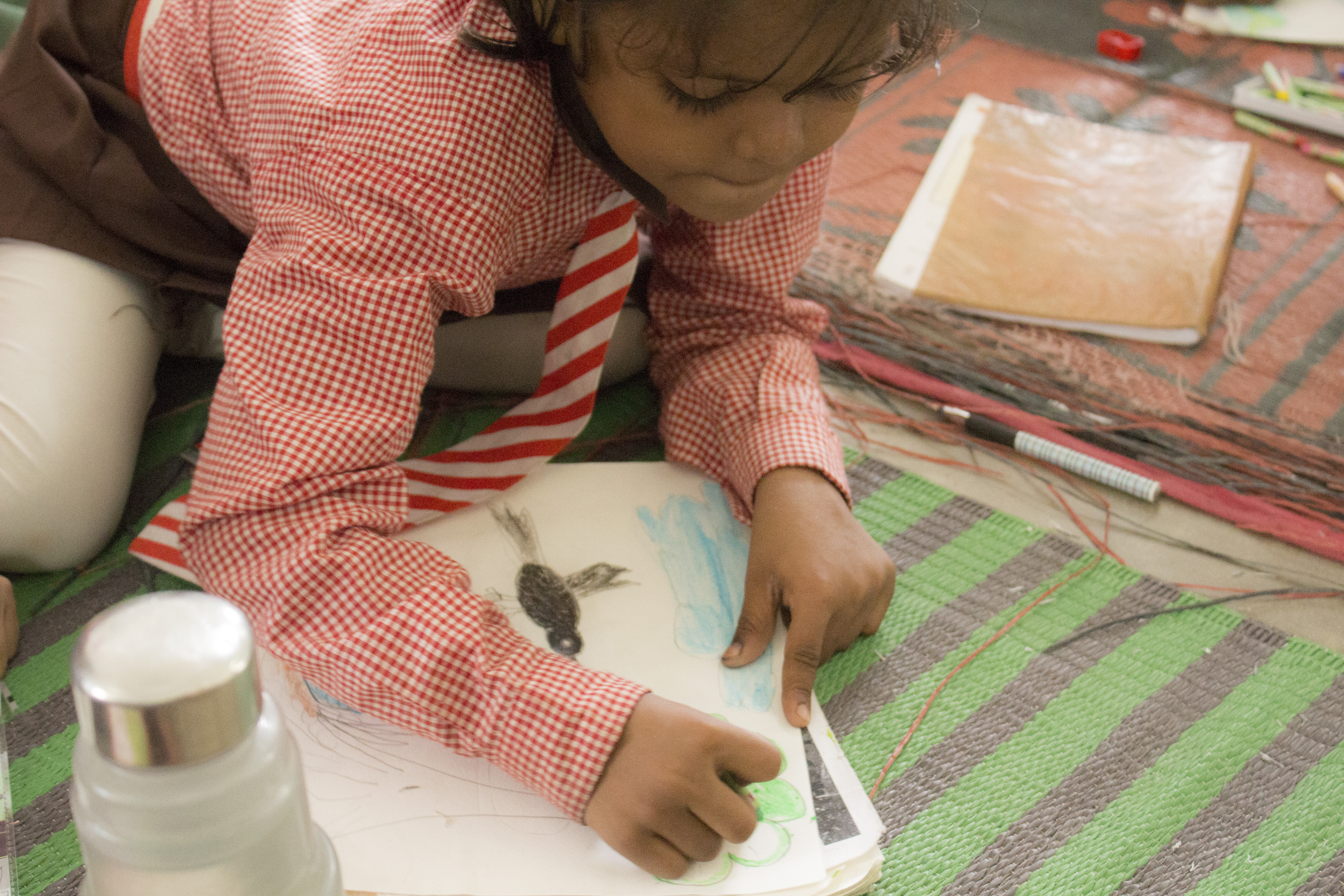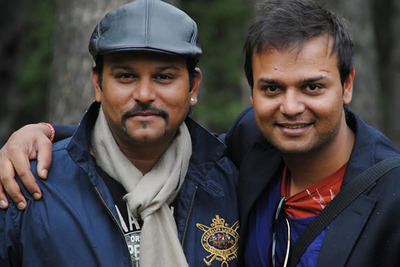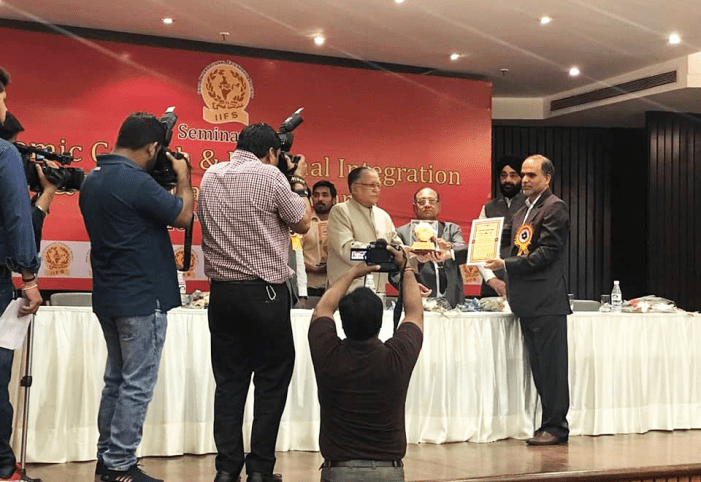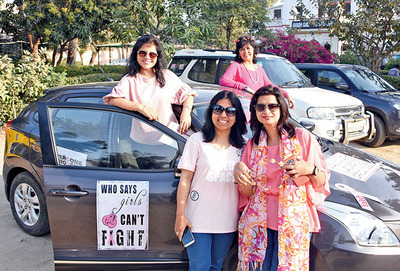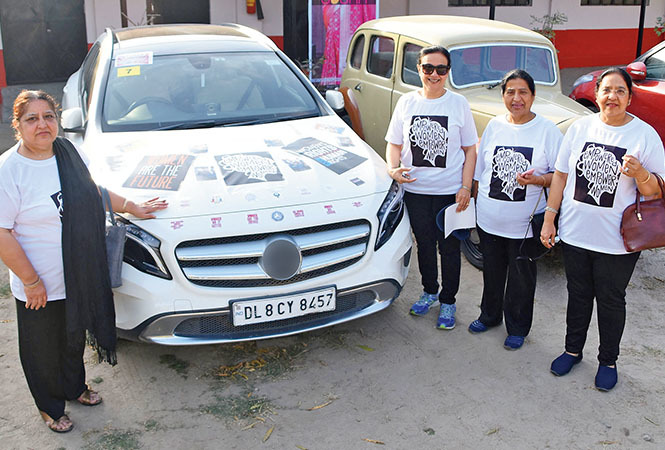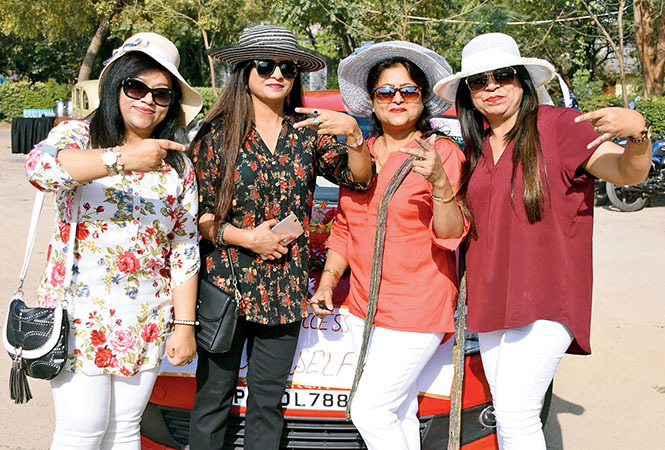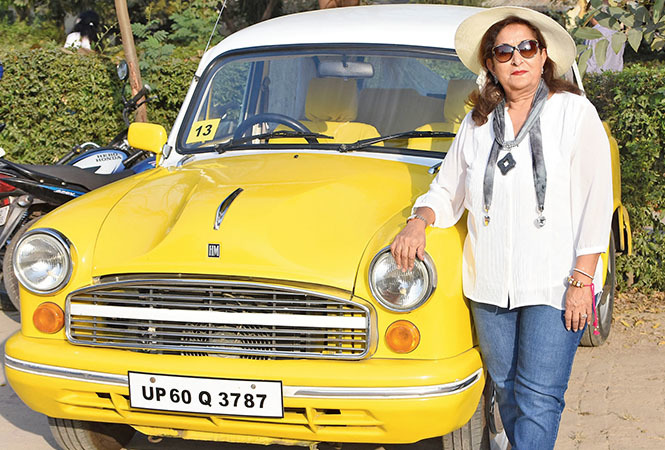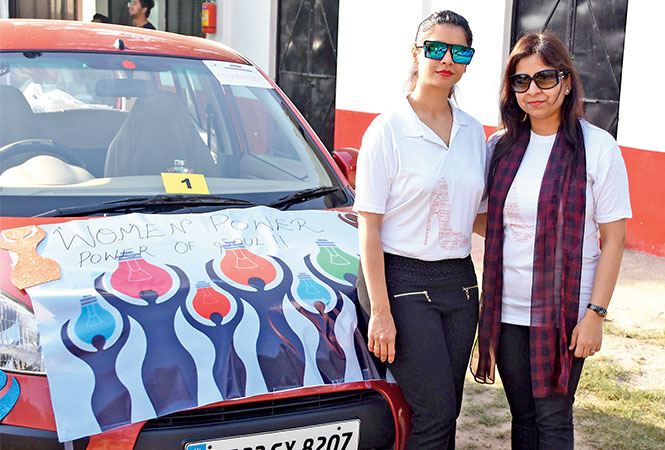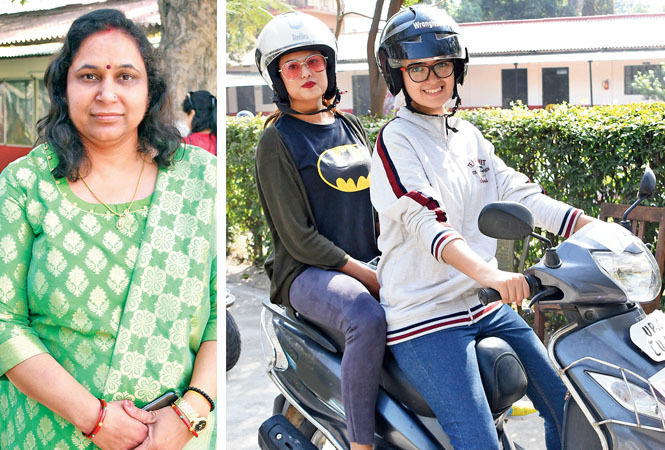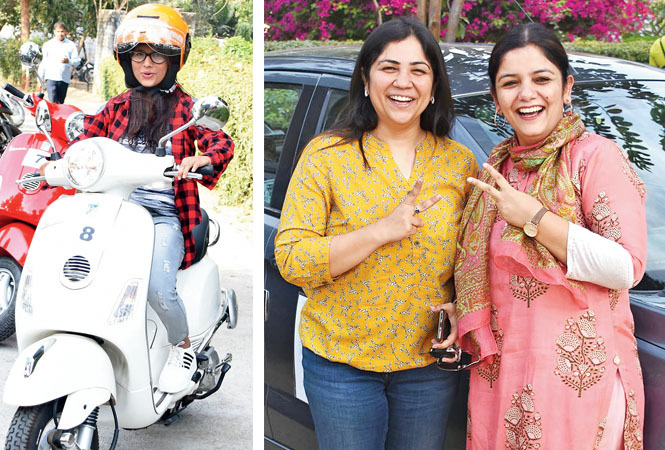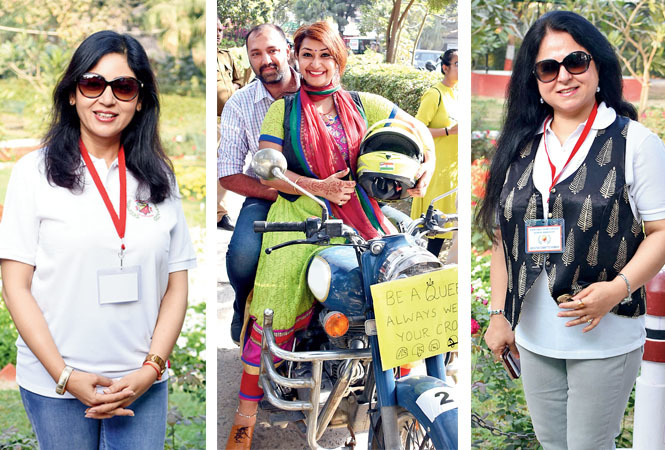Hyderabad , (Old – ANDHRA PRADESH ) :
The sherwani that Mahbub Ali Khan wore evolved from the achkan with elements from Edwardian and Victorian frock coat
It is a known fact that the Sixth Nizam Mahbub Ali Khan had a taste for the good things in life. Visitors to the Nizam’s Museum in Purani Haveli area of Hyderabad are stunned to see the walk-in wardrobe that appears endless. “He never repeated a dress,” is the whispered word. But new research has spotlighted his role in the evolution of the sherwani which is now the dress of choice during weddings and is preferred by the political class during ceremonial occasions. Former prime minister Jawaharlal Nehru even used the sherwani as a style statement during his visits to various foreign countries and events in India. Soldiers of the Pakistani Army are allowed to wear it for various events.
But it was on January 24, 1893, perhaps at 4 pm, that the world got its first memorable glimpse of the sherwani when Mahbub Ali Khan wore it and sat down with Archduke Franz Ferdinand of Austria, then travelling in India, for a post-lunch photograph by the team of Raja Deen Dayal at the Chowmahalla Palace. History was made. According to a Ph D thesis by Toolika Gupta, the photograph is the first evidence of sherwani being used as it evolved from achkan. The achkan itself evolved from a garment called angarakha with the addition of buttons which were a European novelty.
The Lucknow historian Abdul Halim Sharar who spent a few years in Hyderabad tutoring the sons of a Paigah nobleman wrote about the evolution: “The achkanwas extremely popular and the style started to find its way from the towns to the villages. In a very short time it was worn throughout India. In Hyderabad, it developed, with a few alterations, into the sherwani. Its sleeves were made like those of an English coat, the adornments over the chest were discarded and for the lower part the shape of an English overcoat was adopted. It became so popular everywhere, including Lucknow, that it is now the national dress of all Hindus and Muslims in India.”
While the achkan is the gift of the nobility from Lucknow, Hyderabad can lay claim on the ownership of the sherwani. The sherwani was a gradual evolution of angarakha which had laces on either the right or left shoulder to tie up the flaps. A similar garment would be a women’s kurti with the cut not in the middle but across the right or left shoulder. But the sherwani revolution happened when the buttons moved to the centre and the oriental dress appeared like a version of frock coat which was popular during Edwardian and Victorian eras in England. One only has to think of Darcy and Bingley in Jane Austen’s Pride and Prejudice for the frock coat (some of the more popular illustrations were done by Hugh Thomson in 1894).
The 28-year-old Nizam who was a fashionista naturally adapted the trend, though Archduke Ferdinand remarks: “He always wears European dress; most of the times he is in a black frock coat and the only native piece preserved in his costume is a turban-like cap made out of yellow cloth with a golden tassel. He never takes off this headdress.” But for casual events, the Nizam knew the comfort factor in Indian clothes.
It was just perfect that it was in a kingdom where the British mingled with Indians with absolute freedom that the sherwani evolved.
source: http://www.thehindu.com / The Hindu / Home> Society> History & Culture> Living Hyderabad / by Serish Nanisetti / March 10th, 2018

